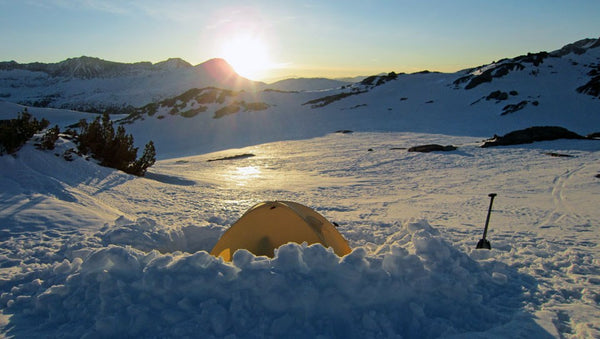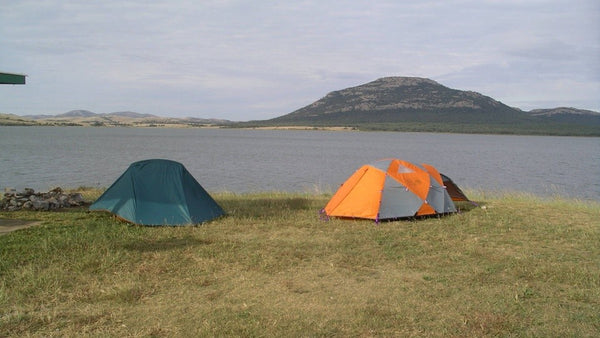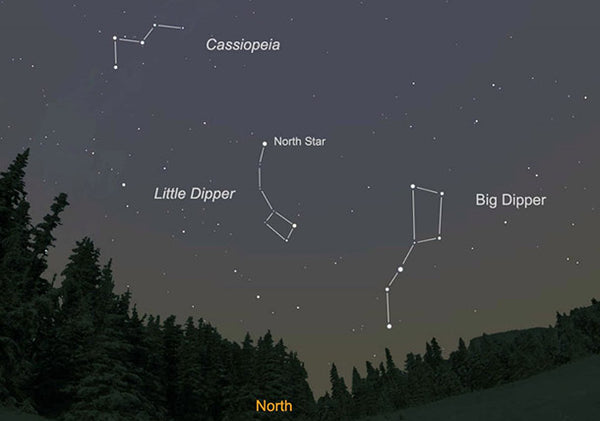10 Uses For An Emergency Blanket
Mylar emergency thermal blankets, have a multitude of off-label uses.
The material is mildew resistant and does not crack or shrink over time when stored in the Youth Adventure Kit. We included an emergency blanket inside the YAK, to round out the Essential Systems as a means of insulation. In addition to insulation the included space blanket as a few other uses.
The “space blankets” and their ultra-shiny material are designed to reflect heat. Do not hesitate to unwrap your mylar bag and snuggle inside. The longer you wait to decide that you are indeed in an emergency situation worthy of breaking out the life-saving gear, the more body heat you lose. If possible, hug another person, or even your dog, and wrap yourselves inside one or two emergency thermal blankets to increase the heat radiating from inside the bag.
Mylar blankets are extremely flimsy and the ends are known to move about in even a slight breeze. Tuck the ends as tightly as possible, and do not forget to cover your head. Some people even recommend using the emergency thermal blanket poncho style after removing your jacket and putting it back on outside of the bag. Mylar is not a breathable material, so be mindful of moisture buildup. It is best to remain both warm and dry, and not damp.
Top Uses For Mylar Blankets
Frostbite impacts the extremities first. Cut up an emergency thermal blankets to protect your fingers and toes. The Mylar blankets make incredibly good liners for hats, gloves, and boots. Put the strip inside your socks next to your skin. Again, be aware of moisture buildup and remove the liners if the extremities become wet or damp.
1. A sleeping mat. Mylar blankets are waterproof. If you find yourself outdoors during an emergency, place an emergency thermal mat on the ground to protect the body from the dampness of the ground overnight and retain heat until morning.
2. A backdrop for a campfire. Such a setup will reflect more heat towards you. Mylar does not melt until it reaches about 489 degrees, so fire is not a danger unless you place the blanket too close to the flames. They also can be used as a clothesline: Place your damp clothing onto the material positioned in the sun and it will dry twice as quick.
3. Starting a fire. How? By harnessing the reflective attributes of the Mylar. The blankets double as a windbreak during this process as well. If you do not have an extra pair of hand to help you, duct tape some Mylar to some sticks pushed into the ground as stakes.
4. A makeshift oven. Gather some rocks or dirt and build the oven with an emergency thermal blanket. Place the oven directly facing the sun and put small and thin chunks of fish or meat onto the Mylar to cook.
5. Trail markers and a signaling mirror. The reflective nature of the material will help rescuers find you or permit you to retrace your steps back to camp after hunting or searching for water. Cut or tear the material into squares and secure in place with rocks or duct tape when used for trail marking purposes.
6. Fishing lure. Fish will have a hard time resisting the shiny Mylar when wrapped around a pebble or stick. (Look for the surprise in your YAK)
7. Emergency cordage. Mylar can be tied or braided together to do this. Although the material is strong enough to secure cloth into a pouch, hold caught fish, or to make a snare, I would not recommend using it to repel down a hillside. (Look for the surprise in your YAK)
8. Emergency arm slings and tourniquets. A thin strip of the material could be used during an emergency in the woods or in a disaster when alone – and when calling 911 is not an option.
9. To maximum the heat output. If the power goes out, place a Mylar blanket behind your wood stove, lanterns or candles – and you’ll have more heat.
10. To keep heat from escaping. Grab that handy roll of duct tape and affix emergency thermal blankets to windows and around doors to keep heat inside. The thin material is also ideal for lining the insides of sleeping bags. The crinkling noise throughout the night might be a bit bothersome, but your body temperature will be far less likely to drop below safe levels.
Bonus
11. As shelter. If a tent or a tarp is not available (found in the YAK) and there is no time to construct a shelter from found materials, try using Mylar blankets. The material can be duct taped to trees or branches used as posts. The material is thin, so tearing will be quite possible, especially if the shelter is being constructed as stormy skies develop. If a makeshift hut is constructed from branches and leaves, the Mylar could be taped to the inside and used as insulation.
The Emergency Space Blanket is include in the Essentials Kit found in the Youth Adventure Kit.
Learn more about the Youth Adventure Kit here.
1 Response
Joie Gahum
Good post! Now I can use my roadeavour blanket for other things!
Leave a comment
Comments will be approved before showing up.
Also in News & Skills




Richard White II
Author